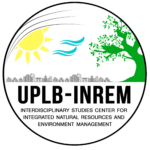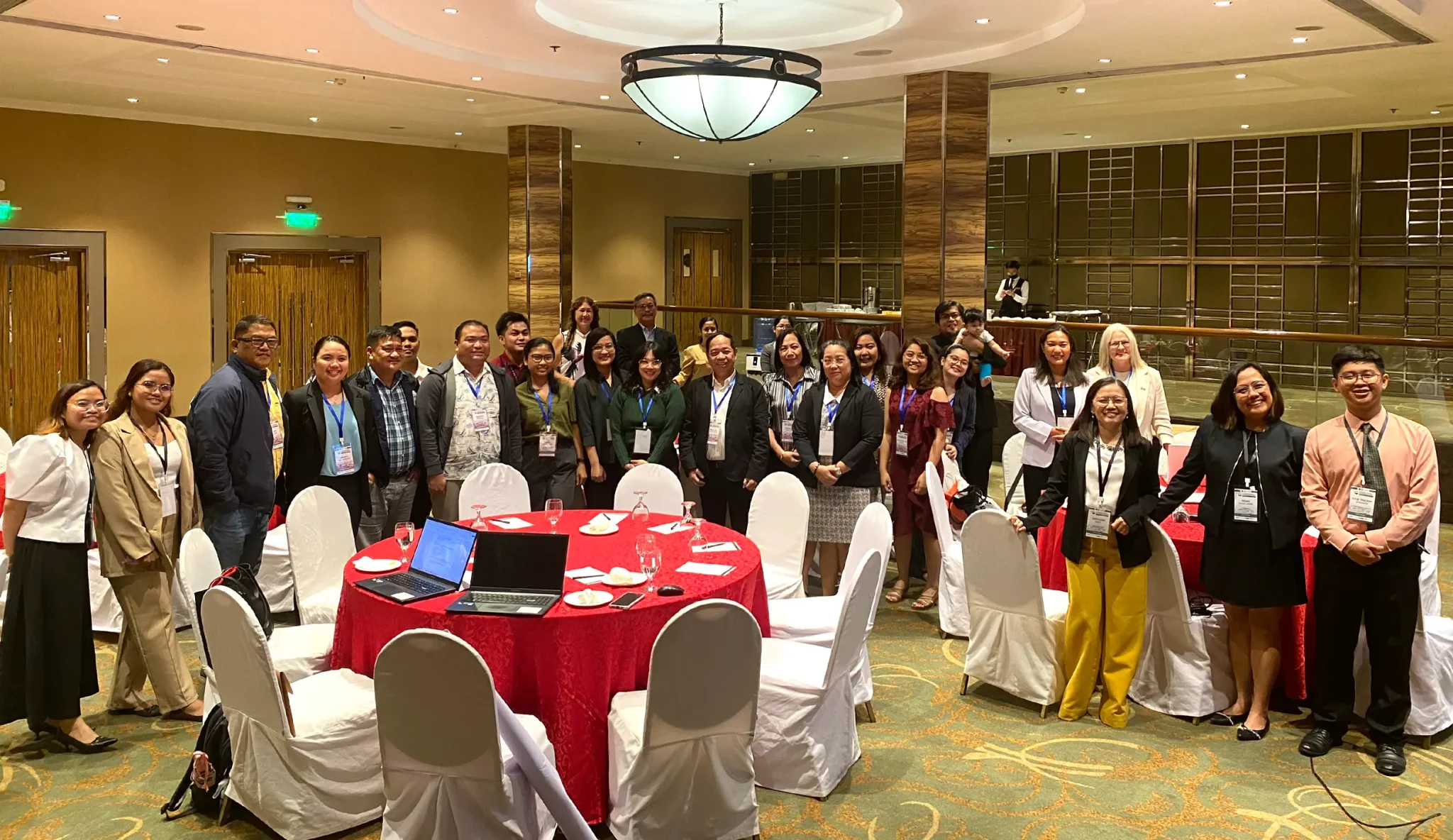A project under the UPLB Interdisciplinary Studies Center for Integrated Natural Resources and Environment Management (UPLB-INREM) led a forum to build resilience in Albay communities.
The project team of the Resilience-building and Future-proofing Strategies in a Multi-stressed Scenario in the Province of Albay, Philippines hosted the Asia-Pacific Network for Global Change Research (APN) Science-Policy Forum at the sidelines of the 4th International Conference on Integrated Natural Resources and Environment Management on Nov. 22, 2023 at the Century Park Hotel Manila.
The science-policy forum gathered researchers and local stakeholders to discuss research findings on impact visualizations, multi-hazard and probabilistic risk assessments, land cover change and landscape fragmentation analysis, and its implications on local policies on climate change and multi-stressed scenarios. The main thrust of the forum was to translate science into policies for greater impact.
Dr. Maricel T. Villamayor, associate professor at the College of Forestry and Natural Resources, presented about Qualitative Visualization of Impacts. She said that visualization of risks provides useful information that can help anticipate risks and the domino effects of impacts, thus laying the foundation for building capacity and resilience for institutions. She added that the application of new knowledge is critical in planning amidst multiple stressors. Furthermore, she proposed that local government units (LGUs) should prioritize enhancing environmental integrity, strictly enforce solid waste management, implement strategies to reduce siltation, and engage in communication, education, and public awareness (CEPA) campaigns to alter community perceptions and knowledge.
For his part, Jerico E. Mendoza, chief science research specialist at UPRI, devised a multi-hazard assessment method using geospatial analysis of four hazards: liquefaction, flood, landslide, and pyroclastic flow. His team found out that most communities of the Quinali A Watershed are located in high-hazard zones and recommended the use of probabilistic multi-hazard maps and multi-hazard assessment in city planning.
Arge Louise Esquivel, science research specialist at UPRI, spoke about Flood Hazard and Risk Assessment and highlighted the importance of science-based information and nature-based solutions in designing communities and infrastructures. The presentation recommended the application of the systems approach for natural resource management.
Gifford Jay Agudo, junior research assistant at UPRI, and Dr. Josephine E. Garcia, university extension specialist at the College of Agriculture and Food Science, presented their outputs on land cover change and landscape fragmentation, respectively. The land cover assessment of the Quinali A watershed showed that cropland has the highest share in terms of extent, followed by forests. The latter was extensive in Guinobatan and Libon but most have been converted to cropland. The watershed recorded increasing fragmentation over time and they recommended that LGUs should look into it since the Quinali A watershed is essential in providing various ecosystem services for its inhabitants.
Carlos V. Cortez, Jr., associate professor at Bicol University, emphasized the multitude of hazards present in Albay and encouraged the researchers of the region to conduct more research in the Quinali A watershed through co-learning and co-development with UPLB. He also mentioned the need for field validation of data obtained from satellite imagery and the need for research and development studies for the Quinali B Watershed.
In a message, Francisco E. Milla, Jr., regional executive director of the Department of Environment and Natural Resources (DENR) Region 5, shared that DENR is prioritizing activities geared towards the conservation and preservation of ecosystems, which play a large part in climate change action. They strongly supported strategies such as planning policies, keeping up-to-date information on forest cover, watershed management, and conservation of biodiversity and natural resources. He said that it is essential to acclimatize resilience-building and future-proofing measures to ensure the well-being of the people. He added that this can be done through community empowerment, providing institutional support, utilizing technology, collaboration, adaptive governance, and long-term planning.
Dr. Rommel V. Negrete, president of the Local Association of DRRMOs in Albay (LADA) emphasized the huge role of the government in disaster risk reduction management (DRRM). Key to this is building and capacitating institutions by providing an adequate budget for disaster risk reduction and management, implementing DRRM projects, and forging partnerships with other DRRM stakeholders. He shared that in Albay, efforts are being made to ensure that local DRRM is based on science and evidence to achieve safer, greener, sustainable, adaptive, all-inclusive, and disaster-resilient Albay communities.
DENR Region 5 and LADA are some of the local champions that INREM and UPRI are engaging with to create resilient communities and future-proof institutions.
INREM became an affiliate hub of UPRI on April 3, 2023. (Kyle Vincent R. Singson, Marielle R. Baliwag, and Sheerah Louise C. Tasico, Farah Y. Sevilla – UPLB-INREM)

